The former capital of the Gujarat state, Ahmadabad, spreads over both banks of the Sabarmati River, and is known as one of the home towns of Mahatma Gandhi. The Sabarmati Ashram Museum, also known as Gandhi Ashram, on the banks of the River Sabarmati, was his temporary residence for about twelve years. The commercial hub of Gujarat, Ahmedabad is big, busy, and beguiling. The city hosts many colourful festivals, including Uttarayan, an annual kite-flying day, and the Hindu nine-day spiritual celebration of Navratri, invoking music, dance, and dress-up events across town. Travel back in time by heading to the old quarter where beautiful archways and architecture abound.
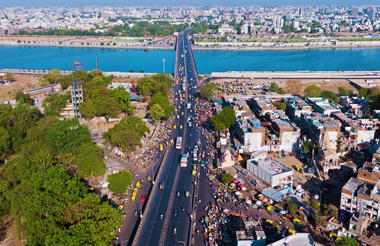
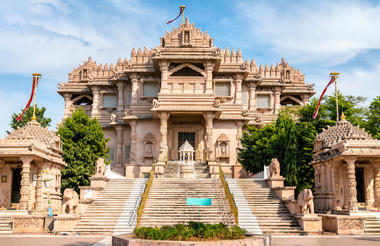

Rajkot is located in the state of Gujarat near the northwest coast of India. A largely industrial hub, Rajkot does nevertheless boast some interesting cultural sights. The Kaba Gandhi No Delo is a memorial and museum housed within Mahatma Gandhi’s childhood home, and the Rotary Dolls Museum exhibits figurines collected from all over the world. There are a number of religious sites to visit, such as the Swaminarayan Temple, the Shri Ramkrishna Ashram and the Jain Derasar, while the Watson Museum and the Lang Library are colonial-era establishments with some fascinating artefacts. Rashtriya Shala is an important centre for patola sari weaving, and the bazaars of Rajkot - located to the east of the modern city centre - are good places to shop for locally-made textile products.
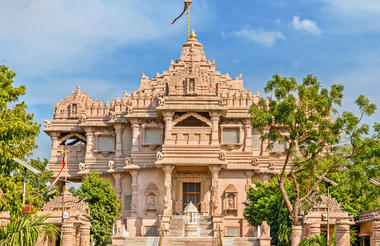
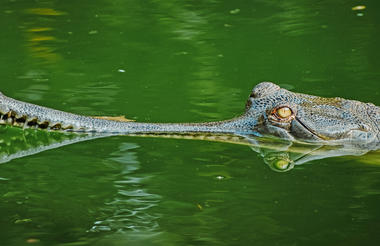
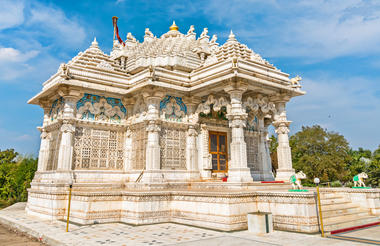
Dubbed the ‘Jewel of the West, Gujarat is a vast state encompassing 1600 kilometres of coastline and myriad natural habitats, ranging from the undulating hills of Saputara, to the salt plains of Kutch and the forests of Gir National Park, where the last wild population of Asiatic lions still roam free. The birthplace of Mahatma Gandhi, Gujarat is home to a varied array of religious groups: Hindus, Muslims, Buddhists, Zoroastrians, Jews and Christians, as well as one of India’s most prominent Jain communities, a devout sect that follows a strict path towards liberation and is responsible for the region’s impressive white marble temples, and delicious vegetarian cuisine (as well as the prohibition laws that have been in place there since 1961).



Resting at the convergence of two magnificent rivers, Mula and Mutha, in India’s western Maharashtra state, Pune is a sprawling city known for its educational tourism. Dubbed the ‘Oxford of the East’, this dynamic city features vibrant nightlife, outstanding restaurants, and excellent museums. Pune is considered the cultural capital of the state as it boasts ancient ashrams and forts, modern universities, medieval Maratha history and rich colonial history. Indulge in panoramic views from the nearby twin hill stations of Lonavala and Khandala, visit the historical Sinhagad Fort, or view the grand Aga Khan Palace, a memorial to Mahatma Gandhi. Don’t miss the 8th-century Pataleshwar Cave Temple, which is dedicated to the Hindu god Shiva.
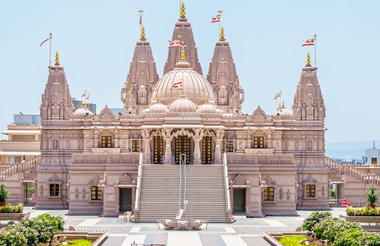
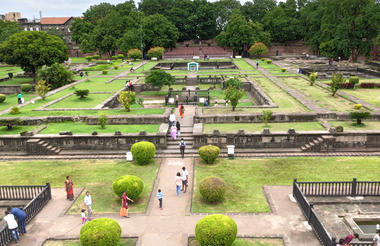
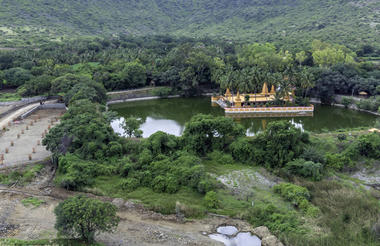
The capital of Telangana, Hyderabad is otherwise known as the ‘City of Pearls’ – a nickname earned from its days as a pearl and diamond trading centre. Today, it is still one of India’s retail hubs, famous for its traditional bazaars – some of which have been operating for centuries. Other points of interest include the imposing Golkonda Fort; the ancient Qutb Shahi Tomb complex – the stately final resting place of the seven kings from the Qutb Shahi dynasty; and the Charminar – a 16th century mosque and monument that is a trademark feature of the city skyline.



Andhra Pradesh is an Indian state stretching more than 1200km along the coast from Odisha to Tamil Nadu; its boundaries dramatically altered to incorporate a brand new state – Telangana – that now occupies the northwestern triangle of the region. The state's most striking feature is its coastline, which stretches for nearly 1000 kilometres along the Bay of Bengal and offers some lovely seaside destinations, such as the pristine shores of Yarada Beach and the charming port city of Visakhapatnam. Cheerful yet serene, Andhra Pradesh is a wealth of centuries-old forts, monuments, and sacred temples, including Tirupati Balaji Temple or the Venkateswara temple, one of the most visited pilgrimage sites in India and one of its richest temples.
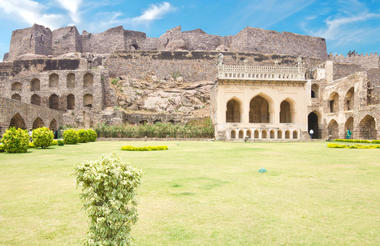
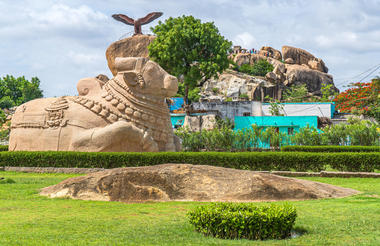
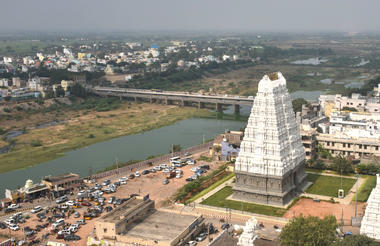
As previously described
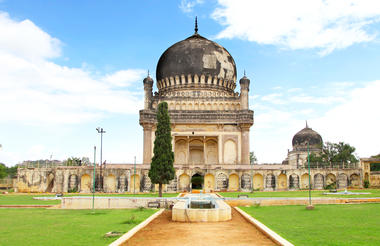
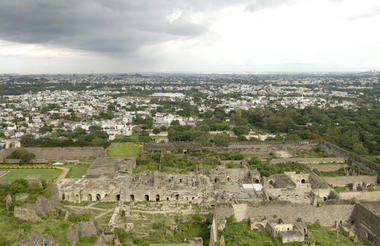
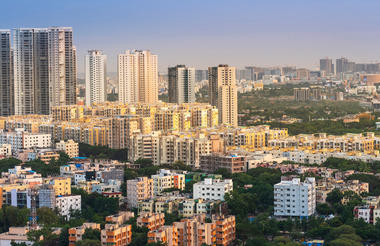
Located in the southern state of Tamil Nadu, Madurai is the oldest existing city on the Indian peninsula, and one of the oldest continuously inhabited cities in the world, with a recorded history spanning more than 2500 years. It is known as ‘the city of temples’ due to its countless ancient Hindu shrines, including the great Meenakshi-Sundareswar Temple, spread over 6 hectares and featuring a series of 50-metre-high gateway towers that can be seen from afar. The best time to visit Madurai is between October and March, when temperatures are between 20-35 degrees.



Rameswaram is a pilgrimage town on Pamban Island, with the Pamban Bridge leading to mainland India. Hindus regard this town as one of the holiest sites in India. Devotees flock to the Ramanathaswamy Temple, a Hindu temple famous for its magnificent corridors, enormous sculptured pillars, and its 22 theerthams - holy water bodies - where the faithful absolve themselves from all sins. In addition to sacred sites, the town offers scenic highlights such as the beautiful Olaikuda, Dhanushkodi and Pamban beaches. Savour sumptuous South Indian cuisine at the many restaurants that dot the area before embarking on a day trip to the nearby ghost town of Dhanushkodi that once thrived but was destroyed during the 1964 Rameswaram cyclone and has remained uninhabited ever since.
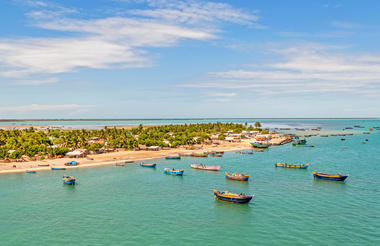
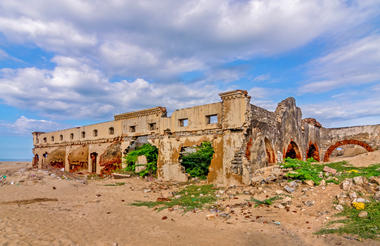
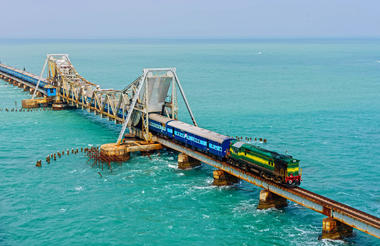
Set on the banks of the Kaveri River in Tamil Nadu, Tiruchirappalli, also known as Trichy, is an ancient southern Indian city famed for its impressive architecture. Trichy dates back as far as the second millennium BC and features exquisitely sculpted monuments, temples and fortresses. It is a beautiful blend of tradition and modernity, with its commercial hub radiating from the ancient Rock Fort Temple, built in the Dravidian architectural style and situated on an ancient rock in the city's centre. Visitors can also look forward to many vibrant bazaars with an array of locally-made goods on offer, including leather work, artificial diamonds, textiles, glass bangles, and wooden and clay toys. For those interested, the area is known for its Trichinopoly cigar, an internationally renowned and recognised brand of Cheroot cigar.
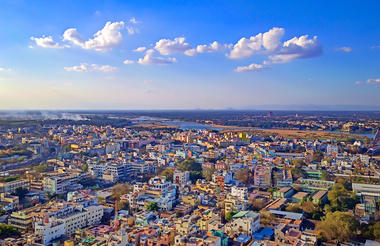
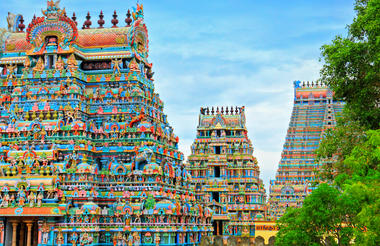
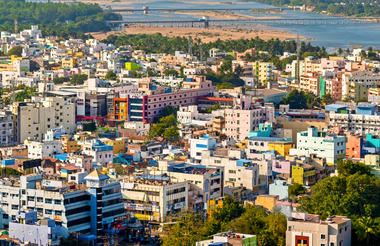
Mahabalipuram, also known as Mamallapuram, is situated in India's Tamil Nadu state, between the Bay of Bengal and the Great Salt Lake. The ancient port town is also a charming tourist hub, attracting travellers for centuries with its enthralling temples. It was once known as the 'Seven Pagodas', alluding to the seven tiered towers that once stood on the shore, of which one - the Shore Temple - still stands. The port is also famous for its stone carvings, which have World Heritage Site status. Impressive cave temples, monolithic 'rathas' (chariots), and sculpted reliefs built by the Pallavas in the 7th and 8th centuries form this group of monuments. After sightseeing, enjoy an Indian thali meal or chai tea at one of the bustling diners in town.

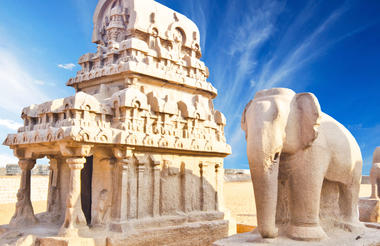

Chennai is Tamil Nadu’s coastal capital and one of India’s financial, cultural and tourism hubs. Attractions include the city’s beaches, museums, shopping areas and historical sites, particularly the centrally located Kapaleeshwar Temple – a historical shrine to the goddess Shiva, featuring gaudily decorative gopurams (towers) covered with colourful carvings – and the group of ancient rock-carved temples at Mahabalipuram, a UNESCO World Heritage Site located roughly 60 kilometres from the city centre. Also of interest is the Guindy National Park, which occupies nearly three square kilometres of greenery in the city centre and is home to an array of birds, reptiles and (mainly smallish) mammals.







